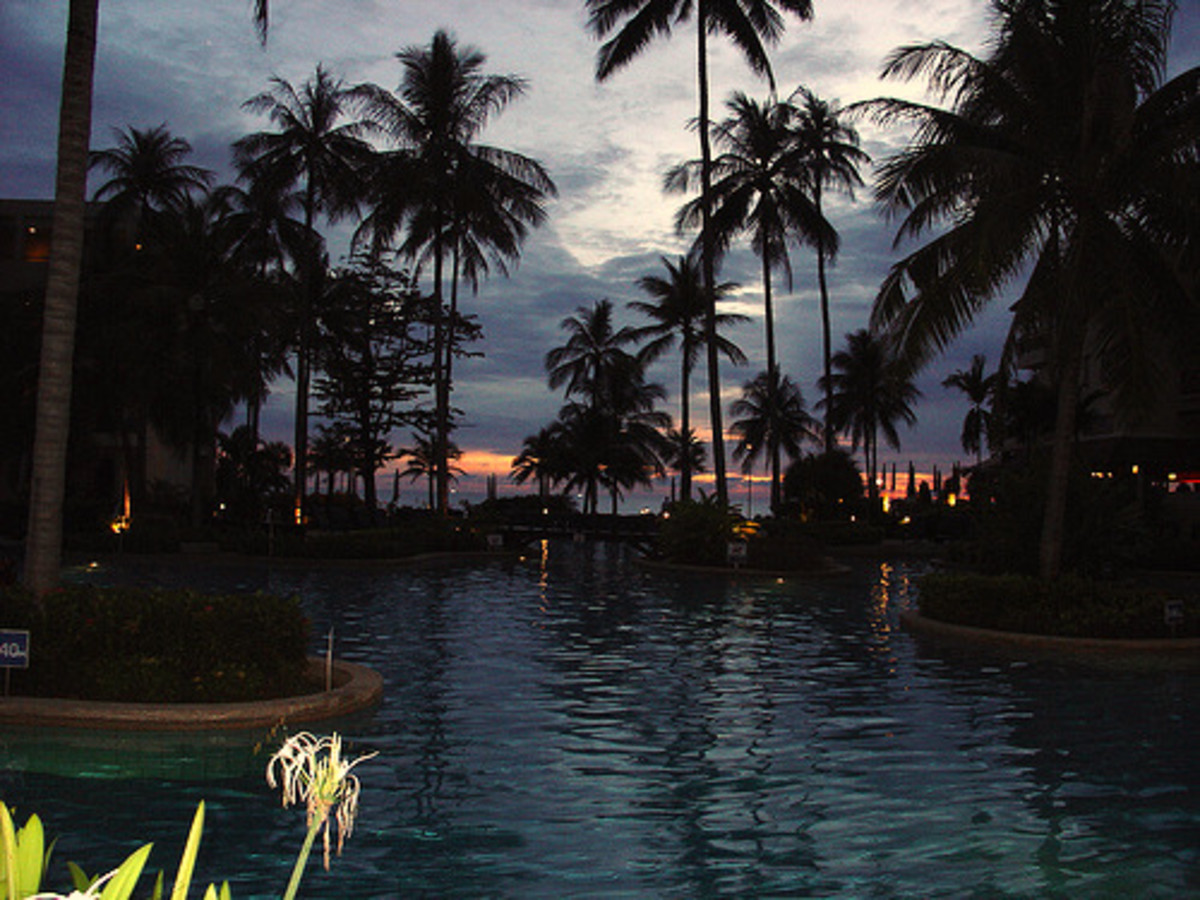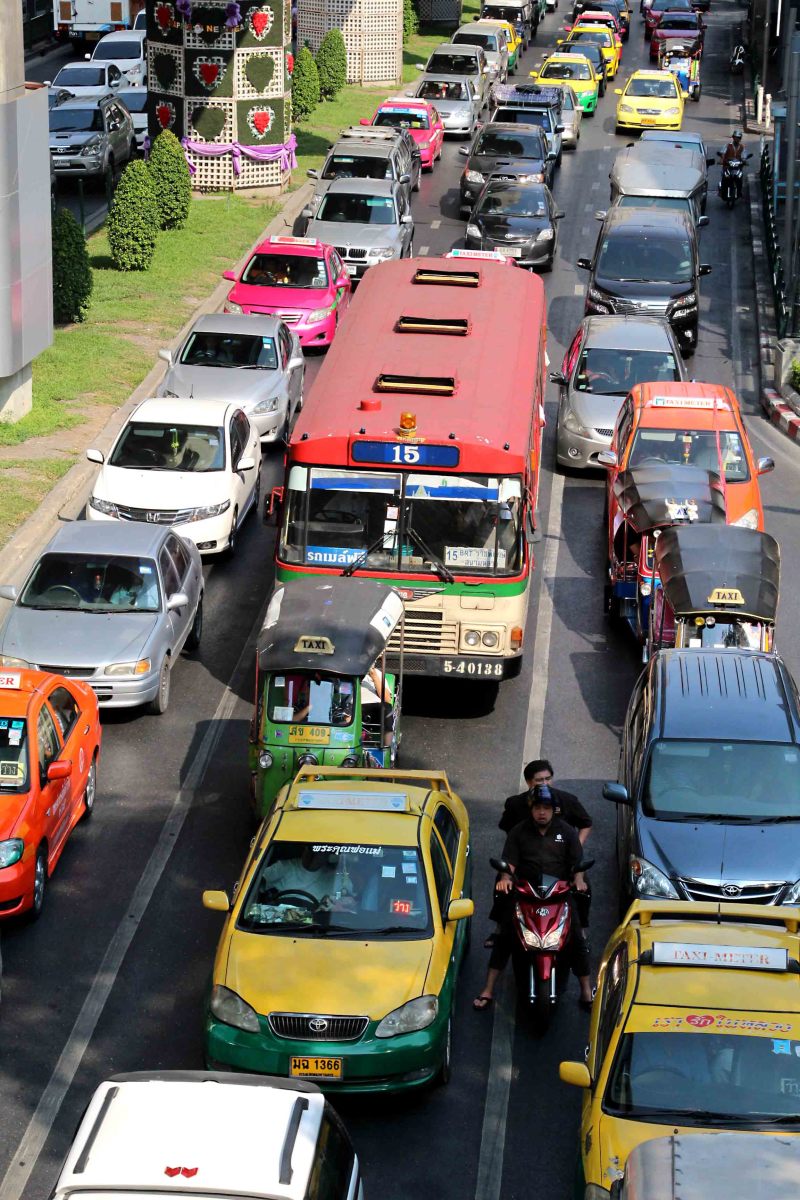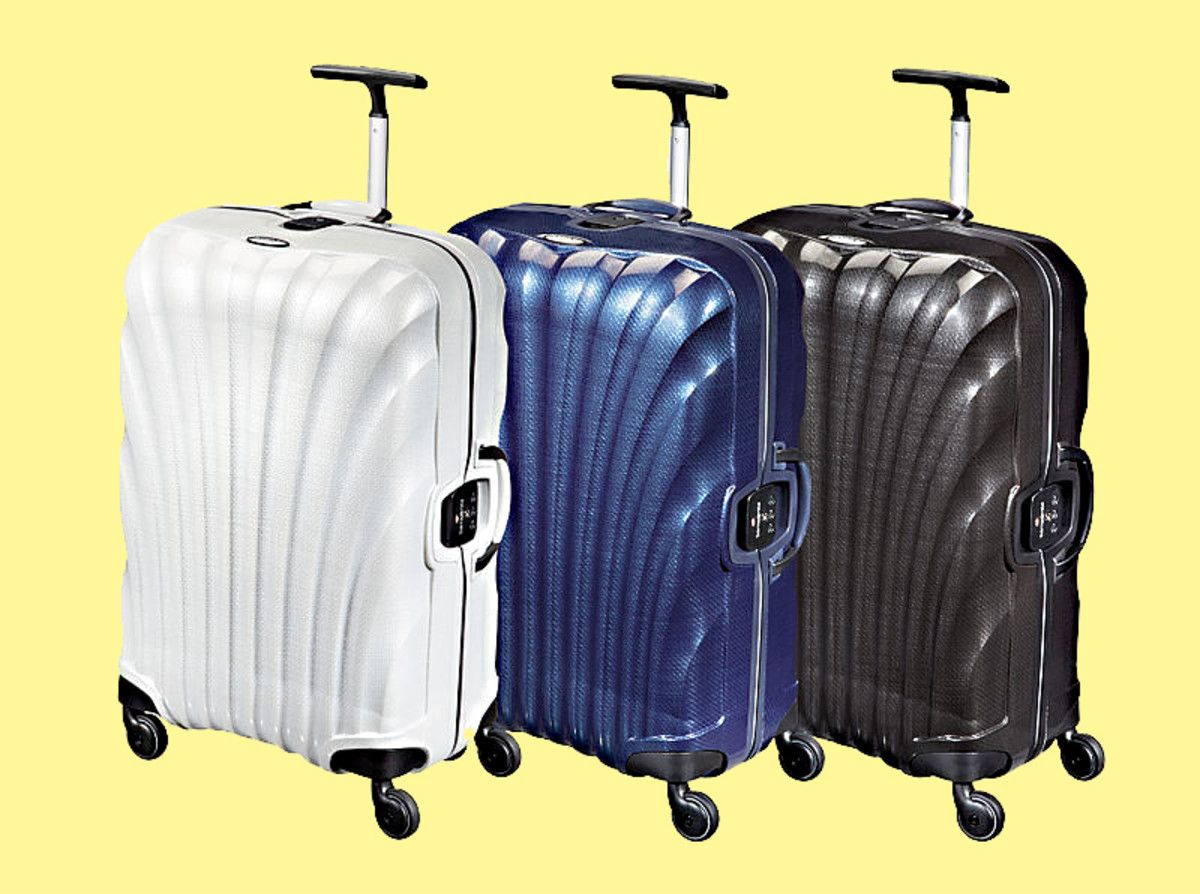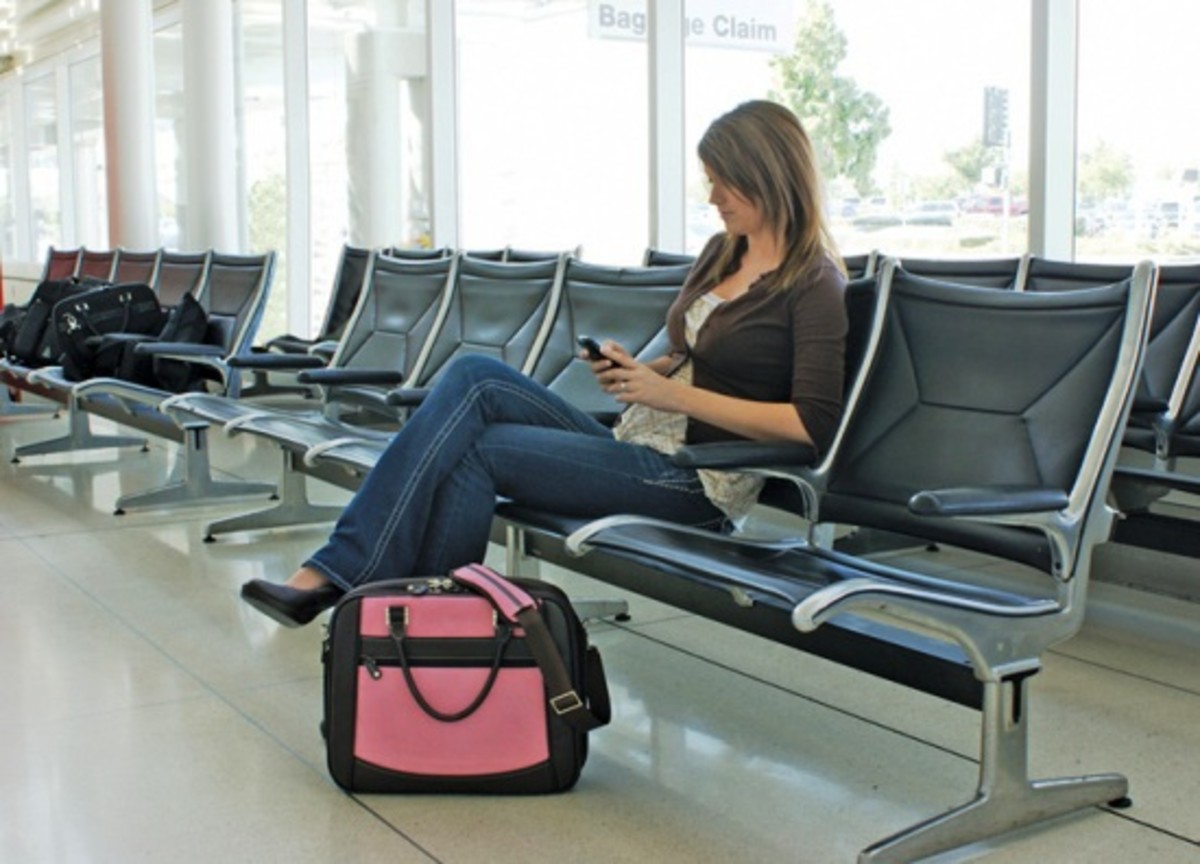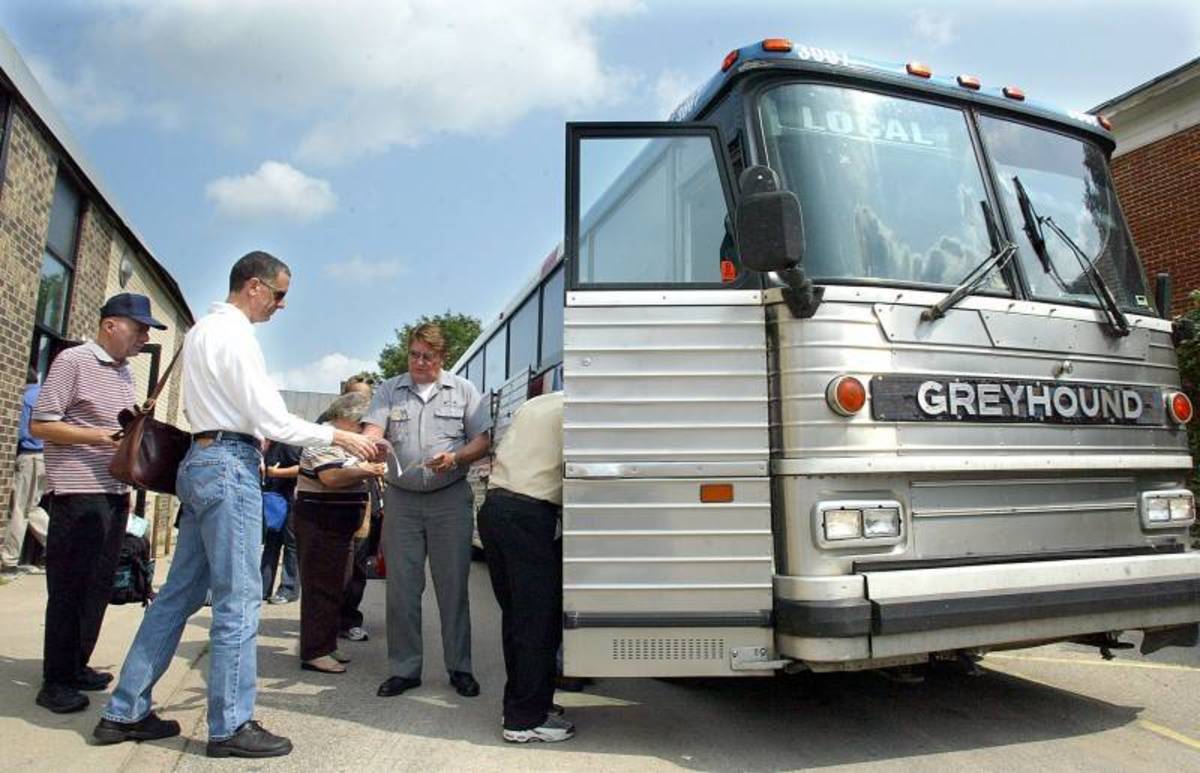Travel to South India: Things to prepare for.
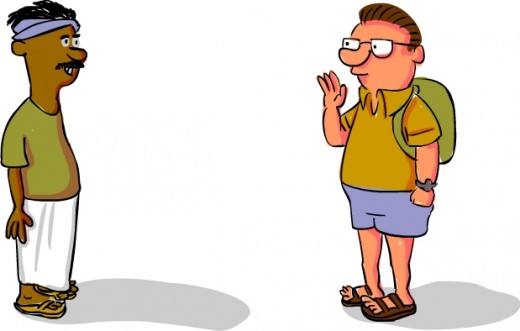
Are you thinking of including South India in your international travel plans?
Read on, because with some useful tips under your traveler's belt you'll make the most of your trip and avoid some common confusions.
Before you go.
South India's climate is humid and generally hot. It's an ideal place for the abundant growth of all kinds of plant, insect and animal life. Unfortunately it's also ideal for many forms of tropical disease. So, it's a good idea to consult your home country travel advisory on diseases which may be present. To be on the safe side, visit your doctor as soon as you decide to travel there to give yourself enough time for any vaccinations to run their course and provide you the best protection. This can sometimes be several months.
Also, visit your dentist. India's dental system is not amongst the world's finest and a check up at home may save you a trip to a local dentist.
A trip to your pharmacist will most likely be on the plans after your doctor's visit, so while you're there, pick up some useful preventative medicines. Mosquito repellent, an anti-bacterial cream for small injuries or bites and some band-aids to cover up scratches should all added to your list. What would be just a tiny wound in a temperate climate can become an infected sore in a warm humid environment. Cleaning, disinfecting and covering bites and scratches is the best approach.
- Consult the current travel advisory for South India.
- Leave enough time for vaccinations to take full effect.
- Visit your dentist.
- Purchase antiseptic lotion and band-aids.
What to pack.
Depending on the time of year you can expect the weather to be hot, extremely hot or warm and very wet. There's little chance of you ever feeling very cold (unless visiting a hill station) but a light jacket or very light sweater can be useful in the evenings. If you'll be spending time in air-conditioned hotels you'll need to prepare for cool air environments, but out of doors you'll find the best use from t-shirts and other light clothing. A hat and sunglasses will serve you well, along with sunscreen.
Culturally, South India is a Hindu area of India and is largely conservative. Women do not dress with their shoulders uncovered or their legs exposed much above the ankle, the Sari being worn by most women. Men dress more practically according to their work requirements and will be shirtless if needed, but generally don't wear shorts. Long pants or lungis (a single piece of cotton wrapped around the waist) which either reaches their ankles or is hitched up high to about their mid-thigh is more common and is typical of manual laborers.
As a foreigner you are not expected to wear local dress and so the rules do not strictly apply to you. However, if as a woman you choose to wear bare shoulders, short shorts or tight clothing, you can expect to receive unwanted attention from young men. There may be times, such as when visiting religious venues, that such clothing will be specifically forbidden. If you'd rather not become the main attraction when you visit local attractions, dress in comfortable fitting, longer clothing.
For a girl's guide to India, check this out.
Keep your stuff in sight.
It's important to keep an eye on all your stuff, all the time while you are moving from place to place in South India. Pack to have no more than three bags when flying and one when going out.
- Dress to respect local customs unless you want to attract attention.
- Expect it to be hot and possibly very wet.
- Don't have too many bags. You'll need to keep an eye on everything.
Getting there.
Your experience of India will begin the moment you board the last leg of your flight there. South Indians are spread across the world and if you've chosen a good time to go there you can be sure there's a few million locals who'll be heading home as well. The smell of coconut oil is a welcome reminder of home for those who are returning. The oil is used widely to keep hair shiny, lustrous and styled. With any luck you'll strike up a fast friendship with someone who comes from the region. South Indians are friendly and have a great sense of humor.
Airport and arrival.
The first thing to hit you when you disembark will be the warmth and humidity. To the first time traveler to India it can feel like you've landed on another planet.
Indian airports require patience and perseverance. Bureaucracy is the national sport (after Cricket) and waiting in queues which seem to have no actual order associated with them can be frustrating.
If you have the opportunity make sure you change some of your money to Rupees. You'll notice the exchange rate is quite high, (at the time of writing USD$1 = 45 Ruppes). While 45 Rupees is not equivalent to what $45 would be in the US it is still a significant enough sum of money.
Then it's on to customs. There are rules about bringing large sums of money and electronics of high value into India, read them carefully. Declare what you must and then head into India.
Transport.
Here you'll face a wall of faces. It may be hard to imagine that all these people could possibly be waiting for people to get off a plane and that's because many of them are not. You'll find people keen to offer you a ride in a rickshaw, to change money, sell you drinks, snacks and all manner of offers of accommodation and travel.
You'll need to get to where you are going to stay. If your hotel has arranged transport make sure you sight some sign of official hotel designation before you climb into the vehicle. If you choose to negotiate your own transport you'll have several options and a challenge ahead. The key here is to look like you know exactly what you want or you will quickly have any number of people competing for the chance to make the decision for you. Make sure to keep a firm grip on your luggage as one tactic to get you to commit is to start loading your baggage (This also applies at train stations with luggage porters and may happen at your airport too). They aren't trying to steal it, just trying to get you to choose them.
You'll want either a taxi or an autorickshaw. While the autorickshaw is cheaper it might be something of a rude shock to enter busy city traffic in one of these tiny three-wheeled vehicles. Also, a taxi is more likely to be air-conditioned and will have room for your bags (not that an autorickshaw driver won't find a way to jam it all in).
It's important that you arrange upon the price BEFORE you board the vehicle. You might ask a friendly airport staffer roughly how much you should pay to get to your hotel. Don't be afraid to overpay a bit, you're not likely to achieve the local rate, but make sure you don't leave the negotiating to the point of arrival at your destination. That's when the price can really shoot up and you'll find yourself at a disadvantage.
Food.
South Indian food is fantastic. If you follow some rules, you're less likely to get a case of 'Delhi Belly'
- Don't eat salads. You don't know what water has been used to wash it.
- Food that is fried before your eyes is a good way to pick up a safe and tasty snack when out and about.
- When ordering in restaurants, stick to chicken for the most part. There isn't a big market for beef, pork and mutton and sometimes the source can be questionable. Mutton is most likely your best choice if you do choose red meat. Avoid pork.
- If you buy a bottled drink try to see it opened in front of you.
- Don't drink table water in restaurants.
If you are staying in a high-end hotel it's up to you how strictly you adhere to these rules. A big hotel has international standards to meet and is answerable to their guests. These rules apply to eating when you are out and about.
South Indian cultural cues.
As mentioned earlier, South Indians are a friendly, humorous people. A shared joke is almost always possible and a smile will be returned. A display of anger on your part is an embarrassment for all concerned and will not speed things up. The best way to get something done is to pay due deference to the person in control. Personal power, if challenged, will be wielded in your disfavor. Ie: If you tell someone to hurry up, they'll probably slow down.
Asking for directions can be a confusing experience. While people are more than happy to help, if they don't know the answer they'll make something up. Don't make important plans based on the say-so of someone you asked on the way there. Even official looking people like train station managers will happily misdirect you. It's from a desire to please you by telling you what you want to hear not mischief.
Beggars are a common issue. Only you can decide whether to give money to a beggar but keep in mind that like seagulls if you give to one you may attract a flock. Things can get unpleasant. Most are professionals (in the sense that they do it all the time) but all are poor and some (particularly children) are living very hard lives. Personally I'd rather give a larger sum to one or two and ignore the rest. You can't give money to every one or you will become the pied piper of hand-outs and some may become aggressive if they think it'll produce more money.
In some parts of South India (Tamil Nadu) it is not customary to say thank you. It might sound odd to a Westerner but there's some good reasons. Firstly, saying 'thank you' is considered a significant act and to do so for minor acts of kindness can imply that the behavior is unusual for them, ie: "Surprise, surprise, you did something nice!" Among close friends a thank you would be reserved for a life-saving act or a big good deed. Secondly, saying 'thank you' is a form of 'payment'. If you do something for me and I thank you it may imply that I do not intend to return the favor as I've already delivered a 'thank you' as recompense. This issue probably doesn't apply to the average foreigner but it's useful to understand how different and complex Indian culture can be.
English is spoken widely but even the slightest attempt to speak the local language will be met with a positive response. Make the effort, it's polite and you'll enjoy your trip more.




